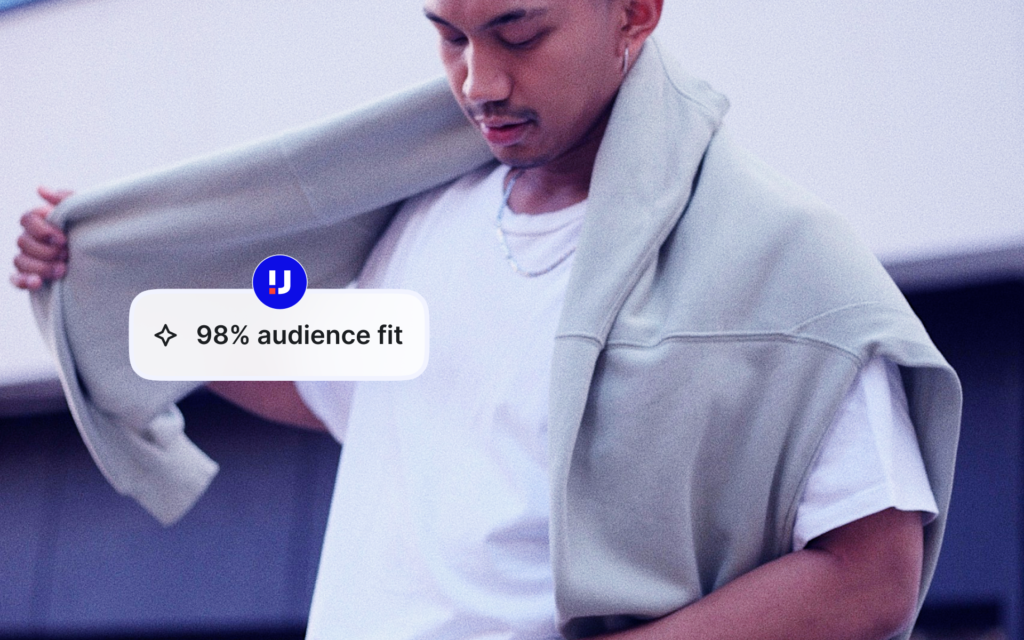Influencer marketing has evolved into a powerful strategy for brands looking to connect with their target audience authentically. However, managing influencer campaigns efficiently requires a structured approach, especially for agencies handling influencer partnerships at scale. In this guide, we’ll break down the key steps to streamlined campaign management, ensuring your influencer collaborations drive maximum impact.
1. Setting Clear Campaign Goals
Before reaching out to influencers, define your campaign objectives. Are you looking to increase brand awareness, generate sales, or drive engagement? Having clear KPIs—such as engagement rate, impressions, conversions, or ROI—helps guide your strategy and measure success.
2. Finding and Vetting the Right Influencers
The success of an influencer campaign hinges on choosing the right creators. When selecting influencers:
- Ensure their audience aligns with your brand’s target market.
- Analyze engagement metrics to gauge authenticity.
- Review past collaborations for content quality and brand fit.
Tools like Upfluence’s influencer discovery feature can help agencies handling influencer partnerships identify high-performing creators efficiently.

3. Streamlining Campaign Outreach & Collaboration
Influencer outreach is a crucial step in building strong relationships. To enhance your approach:
- Personalize outreach messages to show genuine interest.
- Provide clear campaign guidelines, including deliverables, key messaging, and deadlines.
- Use influencer relationship management (IRM) tools to track communication and performance.
With Upfluence’s streamlined campaign management dashboard, brands can centralize communication, making it easier to track influencer interactions and agreements.
4. Managing Content Creation & Approvals
To maintain brand consistency, implement a structured content approval process:
- Provide influencers with creative briefs and brand guidelines.
- Set up a review system to ensure posts align with brand messaging.
- Maintain a balance between creative freedom and brand requirements.
Automating this process through an influencer marketing platform can prevent miscommunication and ensure timely content publication.
5. Tracking Performance & Optimizing for Success
Real-time analytics are essential for measuring influencer marketing success. Key performance indicators (KPIs) to track include:
- Engagement rate (likes, comments, shares)
- Click-through rate (CTR)
- Conversion metrics (sales, sign-ups, website traffic)
A data-driven approach allows agencies handling influencer partnerships to refine their strategies, optimize budgets, and maximize ROI.
6. Scaling Influencer Marketing with Automation
As influencer marketing grows, scalability becomes a challenge. Upfluence’s all-in-one platform offers:
- Automated influencer discovery and outreach
- AI-driven performance tracking
- Seamless payment processing for influencers
With streamlined campaign management, brands can scale their influencer programs without increasing operational complexity.
Managing influencer campaigns successfully requires a strategic approach—from selecting the right influencers to tracking performance. By leveraging technology and automation, agencies
handling influencer partnerships can enhance efficiency, maximize ROI, and build long-term influencer relationships.
Ready to streamline your influencer marketing efforts? Explore Upfluence today and take your campaigns to the next level!
























